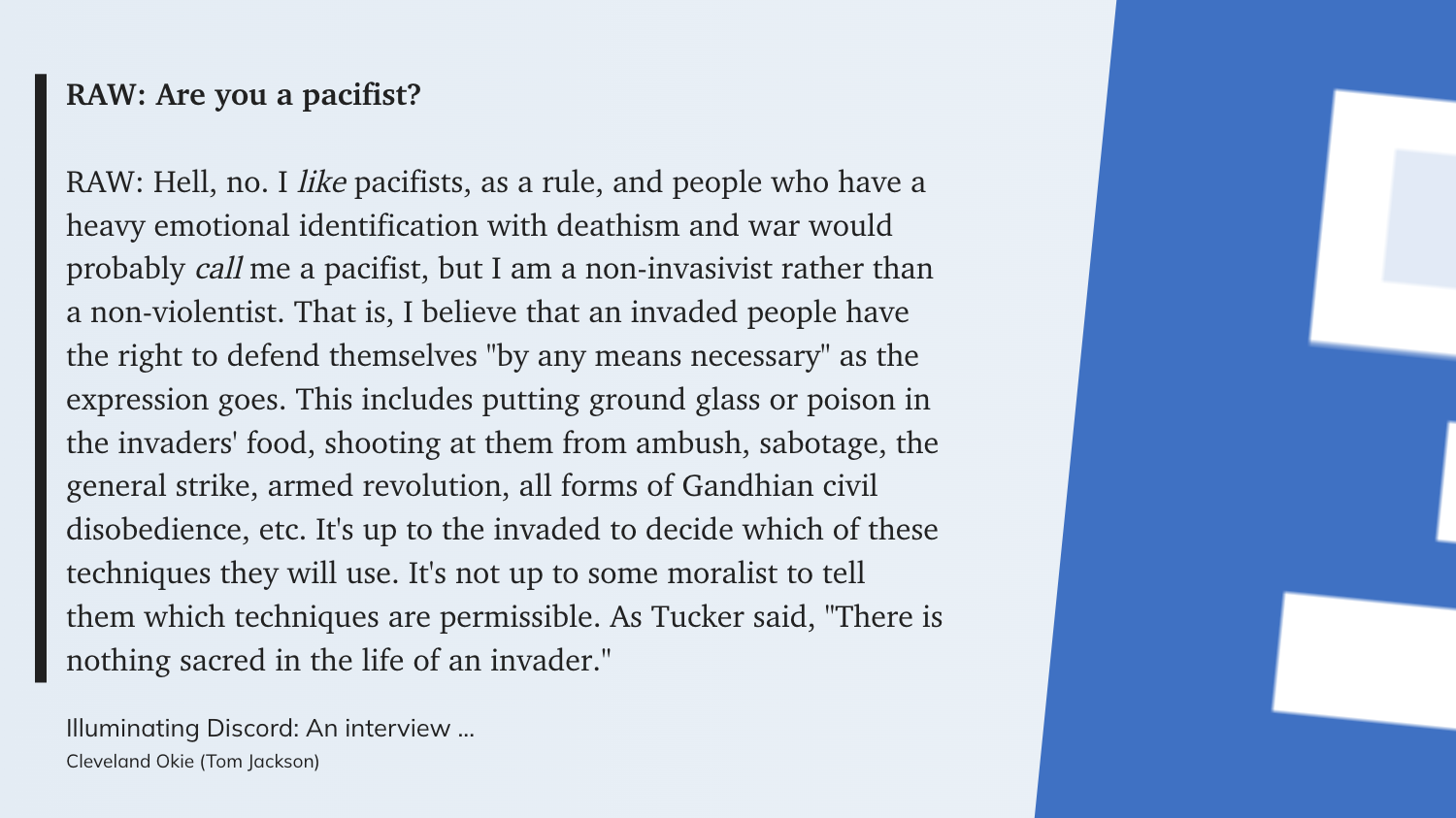Highlights
“Now, there’s no question China has been trying to crack down on the internet.” (Chuckles.) “Good luck!” (Laughter.) “That’s sort of like trying to nail Jell-O to the wall.” (Laughter.)
While we were still rhapsodizing about the many ways in which the internet could spread democracy, the Chinese were designing what’s become known as the Great Firewall of China.
Even in a state where surveillance is almost total, the experience of tyranny and injustice can radicalize people. Anger at arbitrary power will always lead someone to start thinking about another system, a better way to run society. The strength of these demonstrations, and the broader anger they reflected, was enough to spook the Chinese Communist Party into lifting the quarantine and allowing the virus to spread. The deaths that resulted were preferable to public anger and protest.
If people are naturally drawn to the image of human rights, to the language of democracy, to the dream of freedom, then those concepts have to be poisoned. That requires more than surveillance, more than close observation of the population, more than a political system that defends against liberal ideas. It also requires an offensive plan: a narrative that damages both the idea of democracy everywhere in the world and the tools to deliver it.
This is the core problem for autocracies: The Russians, the Chinese, the Iranians, and others all know that the language of transparency, accountability, justice, and democracy appeals to some of their citizens, as it does to many people who live in dictatorships. Even the most sophisticated surveillance can’t wholly suppress it. The very ideas of democracy and freedom must be discredited—especially in the places where they have historically flourished.
Instead of portraying China as the perfect society, modern Chinese propaganda seeks to inculcate nationalist pride, based on China’s real experience of economic development, and to promote a Beijing model of progress through dictatorship and “order” that’s superior to the chaos and violence of democracy.
In September 2022, when Putin held a ceremony to mark his illegal annexation of southern and eastern Ukraine, he claimed that he was protecting Russia from the “satanic” West and “perversions that lead to degradation and extinction.” He did not speak of the people he had tortured or the Ukrainian children he had kidnapped.
Another strange actor in this field is RRN—the company’s name is an acronym, originally for Reliable Russian News, later changed to Reliable Recent News. Created in the aftermath of Russia’s invasion of Ukraine, RRN, part of a bigger information-laundering operation known to investigators as Doppelganger, is primarily a “typosquatter”: a company that registers domain names that look similar to real media domain names—Reuters.cfd instead of Reuters.com, for example—as well as websites with names that sound authentic (like Notre Pays, or “Our Country”) but are created to deceive.
None of these efforts would succeed without local actors who share the autocratic world’s goals. Russia, China, and Venezuela did not invent anti-Americanism in Mexico. They did not invent Catalan separatism, to name another movement that both Russian and Venezuelan social-media accounts supported, or the German far right, or France’s Marine Le Pen. All they do is amplify existing people and movements—whether anti-LGBTQ, anti-Semitic, anti-Muslim, anti-immigrant, anti-Ukrainian, or, above all, antidemocratic.
Here is a difficult truth: A part of the American political spectrum is not merely a passive recipient of the combined authoritarian narratives that come from Russia, China, and their ilk, but an active participant in creating and spreading them. Like the leaders of those countries, the American MAGA right also wants Americans to believe that their democracy is degenerate, their elections illegitimate, their civilization dying.

They cut all such scenes and pasted into The Boys, in a Mark Twain style “Sprinkle these around as you see fit!”.